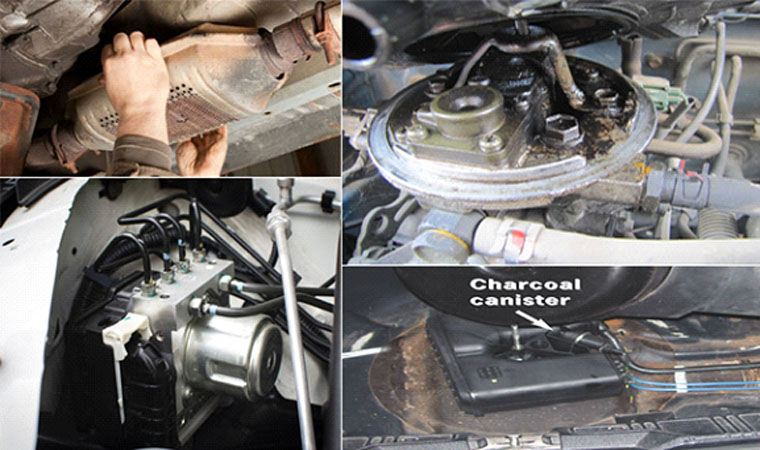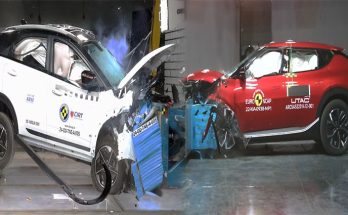The combustion process that takes place inside your car’s engine produces numerous emissions. These involve carbon monoxide (which might be deadly), hydrocarbons (which pollute the environment), and oxides of nitrogen. Due to the pollution and well-being danger, these compounds pose, the government passed legislation in 1977 limiting their output. The result was that automakers were forced to design emission handle systems (ECS) for their autos.
Inside a few years, carmakers had begun to make technologies that allowed engines to adjust themselves, based on their emissions output. This integrated putting an oxygen sensor in the path of your exhaust leaving the engine. The sensor monitored the level of fuel and delivered that information to the powertrain handle module (PCM). The PCM would then adjust the quantity of fuel sent towards the cylinders.
Today’s vehicles are equipped with far more robust systems. The PCM – basically, a laptop or computer – monitors data from various sensors, and utilizes it to determine issues, and if doable, correct them. Below, we’ll take a closer look at the primary elements that comprise your car’s emission management system.
Catalytic Converter
This component marks the biggest breakthrough in the design of emissions systems. The exhaust from your engine flows via the pipes and into the catalytic converter. The aspect includes a filter media which has been coated having a particular material. This material interacts together with the emissions contained within the exhaust. Carbon monoxide is turned into water. Hydrocarbons are turned into carbon dioxide. As a result, the output that exits your tailpipe consists of very few emissions.
The catalytic converter is developed to final for several years, commonly up to 100,000 miles. However, it can fail sooner if it is forced to perform harder than it should really. When the exhaust coming from your engine is especially “dirty,” the converter will need to have to function tougher to clean it. This can spot excess tension on the element until it sooner or later dies.
PCV And EGR Valves
Your vehicle’s ECS is designed to funnel several of the gases coming out of one’s cylinders back into the engine. There, they may be burned in conjunction with the air-fuel mixture. The optimistic crankshaft ventilation (PCV) valve controls this approach. When your car is idling, the valve allows a little number of gases into the intake system. When you happen to be traveling at standard speeds, it makes it possible for more in.
The exhaust gas recirculation (EGR) valve performs a unique, though connected, function. Its job would be to monitor the emissions going into the intake system and adjusting the level to handle the production of oxides of nitrogen. The greater the temperature inside the engine, the far more oxides of nitrogen that are created. On the other hand, the more exhaust the EGR valve makes it possible for in, the decrease the combustion temperature becomes. The exhaust essentially features a dilutive impact on the air-fuel mixture.
Canister For Gasoline Vapors
Fuel evaporates even when it seriously is sitting idle inside the gas tank. The issue is, this evaporation permits vapors to escape into the atmosphere. Within the 1970s, the government expected automakers to install a control mechanism inside the gas tank to catch these vapors just before they could escape. This mechanism is often a charcoal canister. Vapors are confined inside and released after you start your car. At that point, they’re pulled into the engine and burned with the air-fuel mixture.
When Problems Codes Are Triggered
When challenges create within the emission control system, your powertrain handle module will set a fault code. This code might be stored in the computer’s memory. The check engine light on your dashboard will alert you relating to the problem. Even though it is possible to continue driving with a faulty ECS, you must have problems addressed as soon as the light goes on. Otherwise, your vehicle will enable excess emissions into the environment, and potentially location you and your passengers at threat.





